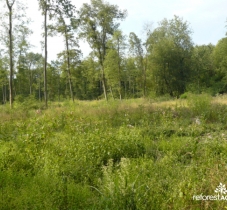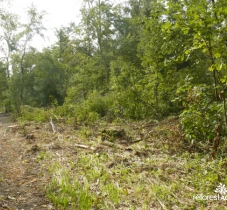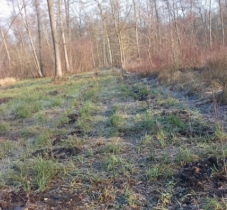Project description
The ash trees of the Illwald forest are affected by chalarose, help the Town Hall of Selestat to replant deciduous trees!
The project at a glance
- Nombre of trees to plant : about 9500
- Area of plantation : about 12 hectares
- Species to be planted : oak (44%), black alder (25%), hornbeam (12%), flat maple (4%), walnut (8%), country maple (5%), poplar (2%)
- Type of project: restoration of an ecosystem degraded by chalarose
Context
Illwald, the communal forest of Sélestat, is home to the Ried, the "wet heart" of the Ill floodplain, which gives it a decisive natural characteristic, resulting in particular in the forest vegetation characteristic of wetlands. The forest has remarkable characteristics in Alsace plain due to its unity (excluding RD424) over 1,500 ha, its wet character, its almost absolute domination (90% of the forest surface) by a habitat recognized as being of priority community interest: the alder-frênaie. Illwald contains another habitat protected at the European level: the pedunculated oak and alder grove, which is characteristic of slightly drier soils. In the wettest areas, there is sometimes a tendency towards another habitat: the swampy alder forest.
All management actions implemented in Illwald are governed by forest management and integrate the multifunctionality of these habitats.
Ash trees represent 35% of the forest cover, a management strategy for this disease has been implemented by the City, in collaboration with the National Forest Office, in order to anticipate and counter the consequences of ash decline. In particular, the forestry management methods in Illwald must be adapted to this new context: for example, by favouring species other than ash (pedunculated oak, maple, black alder, etc.) during stand renewal operations, by giving priority to restoring the "holes" created as a result of Chalarose, and by strengthening security operations around roads or public reception facilities. Regular monitoring of the evolution of Chalarose is obviously carried out, in particular to detect the appearance of possible resistance in certain subjects.






